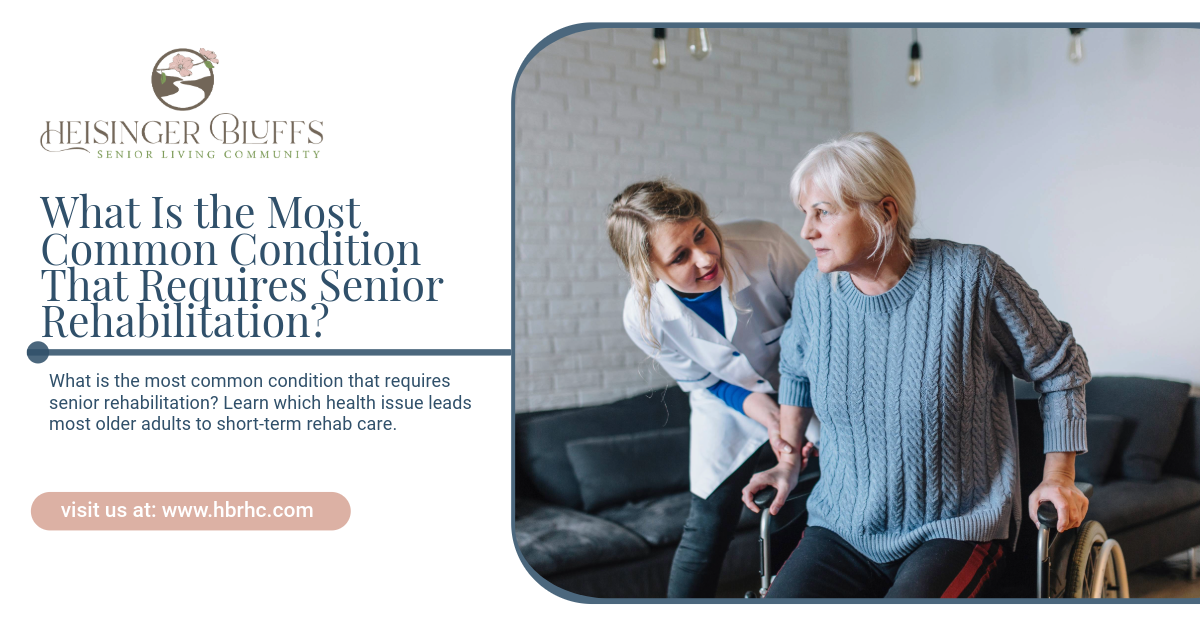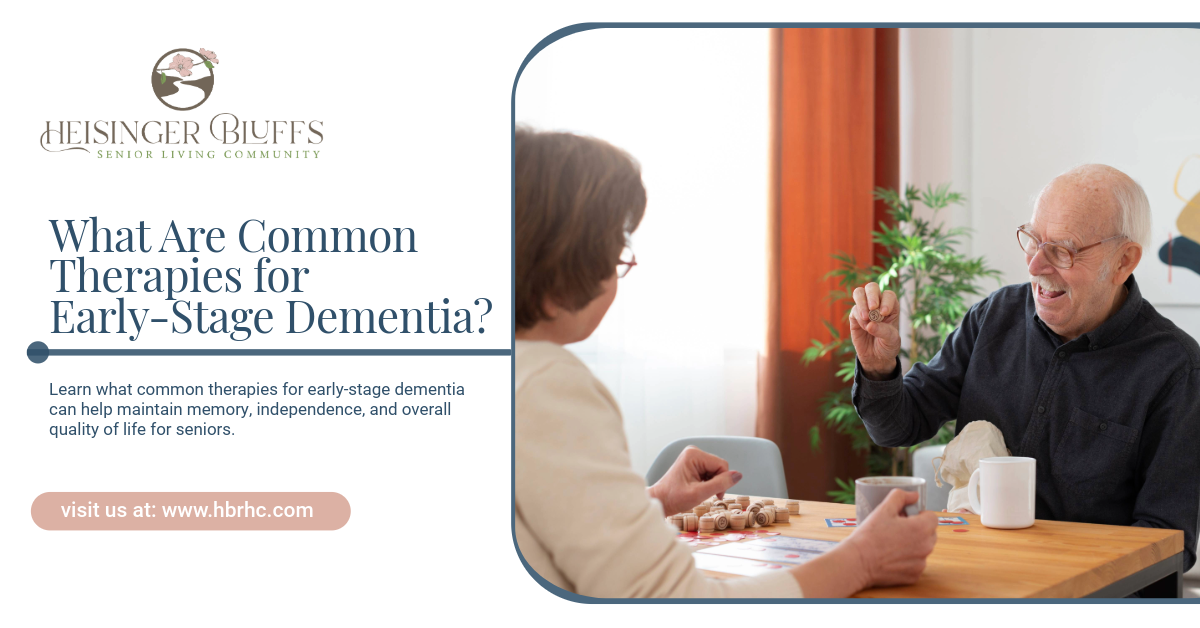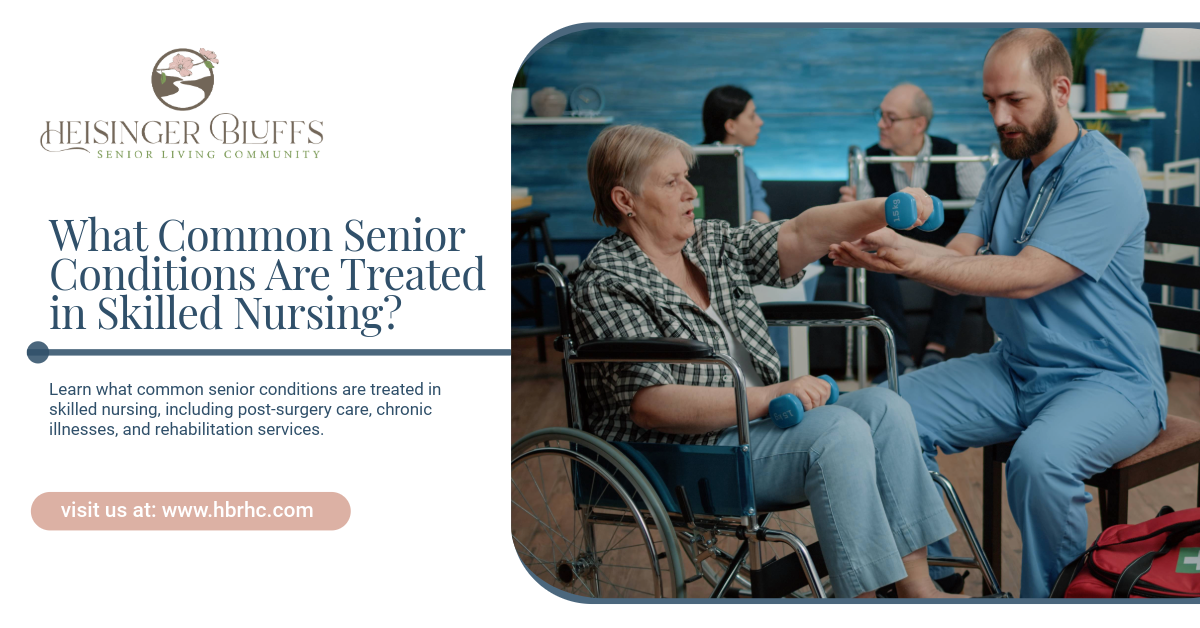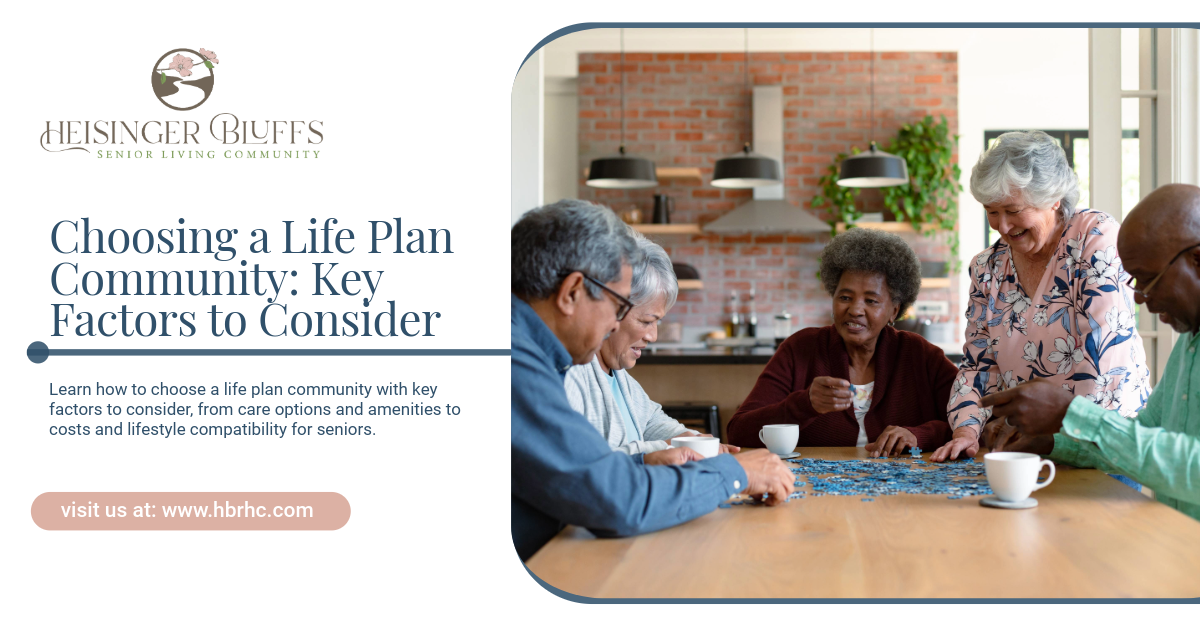What Is the Most Common Condition That Requires Senior Rehabilitation?

The most common condition that requires senior rehabilitation is a stroke. Strokes often lead to significant changes in mobility, speech, balance, and independence—making short-term rehab essential for recovery.
Why Stroke Leads to Rehab
A stroke can damage parts of the brain responsible for movement and communication. Rehabilitation helps seniors regain lost skills and improve their quality of life. It typically includes:
- Physical therapy for strength and balance
- Occupational therapy for daily tasks
- Speech therapy for communication and swallowing
Other Common Conditions That Need Rehab
While stroke is the leading cause, other frequent reasons seniors enter rehab include:
- Hip fractures or joint replacements
- Post-surgical recovery (e.g., heart surgery)
- Chronic illnesses like COPD or heart failure
- Injury from falls
Each condition requires a tailored therapy plan based on individual needs and goals.
Final Thoughts
Stroke remains the top condition requiring senior rehab, but any serious health event can trigger the need for short-term recovery services. Timely rehab supports healing and helps seniors regain confidence in daily life.
At Heisinger Bluffs, we provide personalized rehabilitation plans to help seniors recover and return to their routines with strength and dignity. Contact us today!
Frequently Asked Questions
How long does stroke rehab take for seniors?
Recovery time varies but often lasts from a few weeks to several months, depending on the stroke’s severity and the individual’s overall health.
Is rehab only for stroke patients?
No, rehab also supports seniors after surgeries, falls, or other medical events requiring therapy and recovery time.
Can seniors do rehab while living at a community?
Yes, many senior living communities offer on-site rehab services for short-term or ongoing care needs.
Sources:
- https://www.stroke.org/en/about-stroke/effects-of-stroke
- https://www.betterhealth.vic.gov.au/health/conditionsandtreatments/effects-of-stroke
- https://www.cdc.gov/cdi/indicator-definitions/older-adults.html











